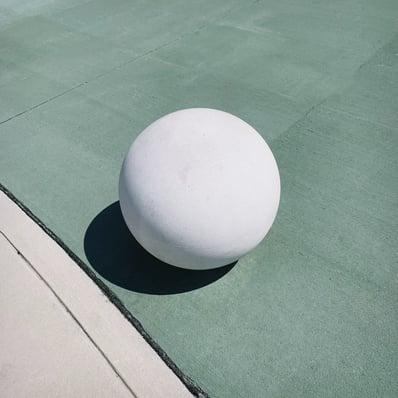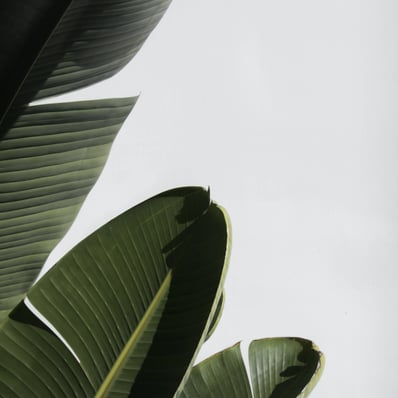Explore the World of Alocasias
Variegated Macrorrhiza






Fun Fact: The Black Velvet plant is native to the jungles of Borneo in Southeast Asia
Black Velvet
Fun Fact: Macrorrhiza is the largest of the group and can grow to 8' in perfect conditions.
Nobilis
Fun Fact: Alocasia Nobilis can grow up to 4-6 feet tall and 3-4 feet wide
Caring for Alocasia plants can be a rewarding experience, especially when you see their stunning leaves thrive in your home. To keep your Alocasia healthy, focus on providing bright, indirect light and humidity to mimic its tropical origins. These plants may seem a bit picky, but with the right attention, they can become the highlight of your indoor garden.
Understanding your Alocasia's needs is essential for successful growth. Temperature, watering, and soil type play crucial roles in your plant's health. When you master these elements, you’ll be well on your way to nurturing a vibrant, lush Alocasia that everyone will admire.
Get ready to dive into the specifics of Alocasia care! From optimal watering practices to recognizing signs of distress, each tip you learn will empower you to help your plant flourish and elevate your space with its unique beauty.
Essential Alocasia Care Tips
Caring for your Alocasia plant involves several critical factors. Focus on soil, lighting, and watering to ensure your plant thrives and displays its stunning foliage.
Choosing the Right Soil
For your Alocasia, use a well-draining potting mix that retains some moisture. A combination of peat, perlite, and pine bark works wonders.
Soil Mix Recipe:
40% coco coir
30% perlite
30% pine/orchid bark
This mix promotes healthy root growth and prevents rot. Avoid heavy, clay soils that can hold too much water, leading to problems. Check that the pot has drainage holes to help excess water escape.
Optimal Lighting Conditions
Alocasia plants love bright, indirect light. Position them near a window with filtered sunlight for best results. Too much direct sunlight can scorch their leaves, while insufficient light may cause them to become leggy.
Light Requirements:
Ideal: Bright, indirect light (south-facing window)
Avoid: Direct sunlight. Direct Sunlight could potentially burn the leaves.
If natural light is limited, consider using a grow light. Ensure your plant gets 12-14 hours of light a day during the growing season for optimal growth.
Watering Your Alocasia
Water your Alocasia when the top inch of soil feels dry. These plants prefer a consistent moisture level but are susceptible to overwatering. To monitor your plant baby more closely, I recommend a moisture meter.
Watering Tips:
Check moisture weekly.
Water thoroughly until it drains from the bottom.
In winter, reduce watering frequency as the plant’s growth slows. Adjust your regimen based on the humidity and temperature in your home to keep your Alocasia happy and healthy.
Advanced Care Techniques
To ensure your Alocasia thrives, focus on specific care techniques. These include feeding your plant to promote lush growth, maintaining optimal humidity levels, and actively preventing pests and diseases.
Fertilizing for Lush Growth
Fertilization is crucial for your Alocasia's growth. Use a balanced liquid fertilizer, such as a 20-20-20 formula, every 4-6 weeks during the active growing season (spring and summer).
Dilution: Always dilute the fertilizer to half strength to avoid root burn.
Frequency: Reduce feeding in fall and winter when the plant's growth slows.
Monitor your plant's response; if the leaves appear dull or yellow, consider adjusting the feeding schedule or type of fertilizer used.
Maintaining Humidity
Humidity is vital for the health of your Alocasia. These plants thrive in high humidity environments, ideally between 60% to 80%.
Humidity Trays: Place your plant on a humidity tray filled with water and pebbles to increase local humidity.
Misting: Lightly mist the leaves a few times a week, especially during dry months to provide extra moisture.
Consider using a humidifier if your home is particularly dry. This encourages vibrant growth and stunning foliage.
Preventing Pests and Diseases
Preventative care is essential to keep pests and diseases at bay. Regularly inspect your plant for common pests like spider mites and mealybugs.
Neem Oil Spray: Use organic neem oil as a preventative measure. Spray every 2-3 weeks.
Soil Care: Ensure the soil drains well to prevent root rot, a common issue with Alocasias.
Isolate any new plants for a few weeks before introducing them to your collection. This helps ensure your Alocasia stays healthy and vibrant.
You're off to a great start! Now let's grow these babies to their full potential!
Happy Growing!
Note: This post may contain affiliate links. OfficialBloomBabe.com earns a small commission on qualifying purchases through these links at no extra cost to you. This helps us continue providing quality content for fellow plant lovers.
Alocasia Plant Care Tips
Unlock the Secrets to Thriving Green Beauties!
Gallery
Provide a short description of the gallery, highlighting key things.









